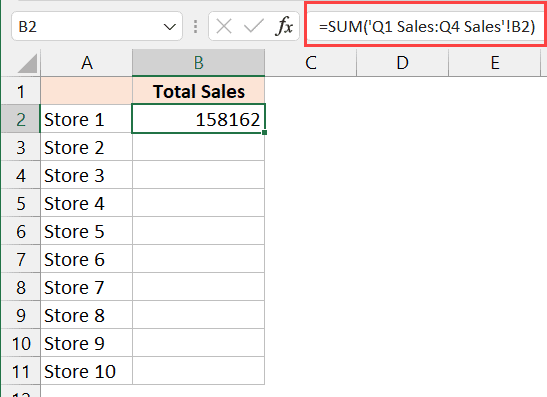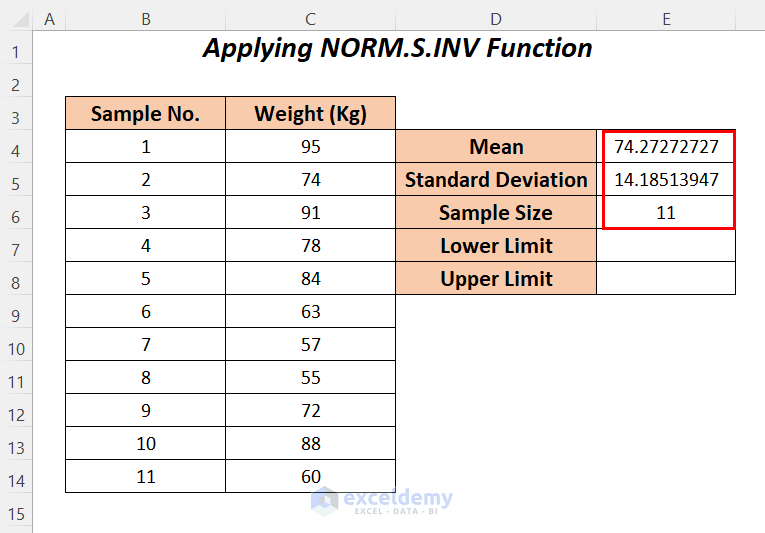How Many Sheets in Excel 2007? Surprising Limits Revealed

Microsoft Excel 2007 marked a significant advancement in the world of spreadsheets with the introduction of new file formats, improved calculation speeds, and increased compatibility with other Microsoft Office applications. One of the many features that caught users' attention was the enhancement in worksheet capacity. Understanding how many sheets Excel 2007 can handle, and exploring the limits and capabilities, can greatly benefit anyone dealing with large datasets or complex data analysis tasks.
Overview of Excel 2007

Excel 2007 introduced several new features and a new file format, which significantly impacted the overall functionality:
- New File Format: The adoption of the Office Open XML (OOXML) file format allowed for greater storage capacity.
- Ribbon Interface: The introduction of the Ribbon UI made finding and using features more intuitive.
- Increased Limit: Changes in how Excel handled memory and files resulted in an increased number of sheets and rows/columns per sheet.

These changes made Excel 2007 a robust tool for data management, analysis, and presentation.
How Many Sheets in Excel 2007?

Excel 2007 supports up to 255 worksheets in a single workbook. Here’s a breakdown:
- Worksheets: 255 (sheets).
- Rows per Worksheet: 1,048,576 (rows).
- Columns per Worksheet: 16,384 (columns).
Compared to earlier versions of Excel, this was a substantial leap in capacity, allowing users to handle much larger datasets.
💡 Note: While Excel 2007 can technically open workbooks with more than 255 sheets, it will prompt you to confirm or discard additional sheets if they exceed the limit.
Limitations and Workarounds

While Excel 2007’s limitations are impressive, there are situations where these limits can still be restrictive:
- System Memory and Performance: Having numerous sheets can slow down your system, especially if each sheet contains extensive data.
- File Size: Large workbooks can result in substantial file sizes, impacting file sharing and storage.
Here are some workarounds:
- External Data Sources: Use databases or external data sources like SQL Server to store and manage data, and then connect to it from Excel for analysis.
- Multiple Workbooks: Spread your data across multiple workbooks instead of forcing everything into a single file.
👉 Note: Performance issues related to numerous sheets can often be mitigated by splitting data into different workbooks or using Excel’s data connection features.
Optimizing Excel 2007 for Large Datasets

To make the most out of Excel 2007 when handling large datasets:
- Data Management: Use Excel’s data tools for filtering, sorting, and consolidating data. Features like PivotTables are particularly useful.
- Formulas and Functions: Utilize Excel functions to automate processes and reduce manual entry errors.
- Performance Tips: Minimize the use of volatile functions, reduce the number of conditional formats, and use Excel’s calculation settings wisely.
⚙️ Note: Turning off automatic calculations or choosing manual calculation can significantly improve the performance of large Excel files.
Comparing Excel Versions

| Version | Max Sheets | Rows per Sheet | Columns per Sheet |
|---|---|---|---|
| Excel 2003 | 255 | 65,536 | 256 |
| Excel 2007 | 255 | 1,048,576 | 16,384 |
| Excel 2010-2016 | 1,048,576 | 1,048,576 | 16,384 |

This comparison clearly illustrates the advancement in capacity over Excel’s history.
Wrapping Up

Excel 2007 offered a significant leap in the capacity to manage large datasets, thanks to the new file format and internal architecture. The ability to handle up to 255 sheets, with each capable of storing over a million rows, was a game-changer. However, limitations like performance and file size still exist, necessitating smart strategies for data management. Through optimizing tools like PivotTables and data connections, users can work more efficiently, ensuring Excel remains a powerful tool for data analysis and management.
Can Excel 2007 handle more sheets than 255?

+
Excel 2007 can open workbooks with more than 255 sheets, but it will prompt you to either discard or confirm opening additional sheets. The practical limit remains at 255 sheets per workbook due to software constraints.
How can I work around the sheet limit in Excel 2007?

+
You can work around this limit by using multiple workbooks, linking them for data aggregation, or by leveraging external data sources like SQL databases to manage and connect to your data.
Are there performance issues when using many sheets?

+
Yes, performance can degrade with many sheets, especially if each contains substantial data. Optimizing Excel usage, like manual calculations or using fewer volatile functions, can help mitigate these issues.



